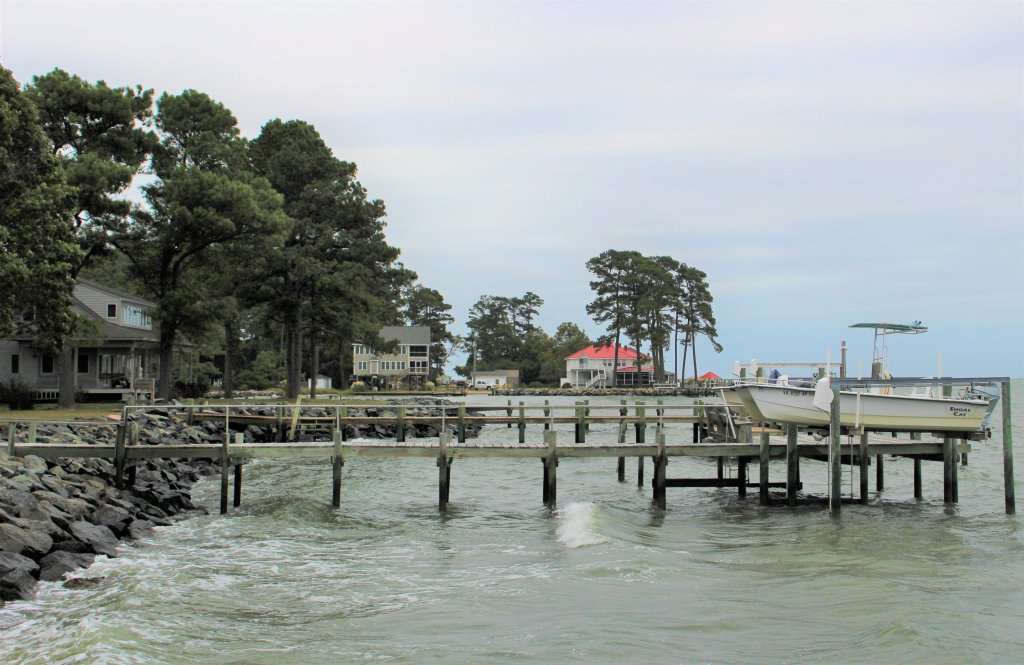The Virginia Department of Conservation and Recreation has announced additional grantees of $52 million in state flood resilience awards, including projects that will safeguard private properties on the Middle Peninsula.
While the city of Norfolk received $25 million for its floodwall, Fairfax County received approximately $15 million. Richmond will receive more than $7 million to assist in the acquisition of Mayo Island in the James River.
The Richmond acquisition, according to Mary-Carson Stiff, policy director for the environmental charity Wetlands Watch, can help avoid future construction on land that is increasingly vulnerable to flooding.
“It is a really important tool,” Stiff said.
Directed toward the Middle Peninsula is a sum of about $2 million, including about $550,000 for resilience projects on private properties in the Mobjack Bay watershed, Piankatank/Moor Creek area and York River watershed. Those projects include the creation of living shorelines, which use natural materials such as plants, sand or rock to reduce erosion.
“By many estimates, between 95% and 98% of the Virginia coastal waterfront is privately owned, and it’s under great social, cultural, and financial duress due to flooding,” said Lewis Lawrence, executive director of the Middle Peninsula Planning District Commission.
Read also: Flooding forces Califonia to declare state of emergency
Rural areas flood differently than urban ones, he said, adding the funding is “a great start to a problem that isn’t going away any time soon. The $52 million comes from the Community Flood Preparedness Fund, which provides money for resilience projects to combat sea level rise and stormwater damage.
Previously, DCR had stated the Flood Fund was intended to focus on community-scale projects rather than individual properties.
But DCR Director Mathew Wells said by email Tuesday that although that priority continues, the grant manual does not prohibit funding from going to projects on privately owned properties. Projects on private properties can be eligible for funding if they are consistent with a locally adopted resilience plan like the Middle Peninsula Planning District Commission’s Fight the Flood program, he said.
“In the future, these types of projects may be supported from the Resilient Virginia Revolving Fund,” Wells stated. “DCR intends to publish a revised manual that “will develop the distinctions between the two programs further” this year”.
Money for the Flood Fund comes from the Regional Greenhouse Gas Initiative, a cap-and-invest market where electricity producers pay to emit carbon. Proceeds from the purchases are returned to participating states, with Virginia funds going toward resiliency and low-income building weatherization efforts.
The Department of Conservation and Recreation administers the fund, which by law receives 45% of Virginia’s RGGI proceeds and to date has netted over $200 million.
The Resilient Virginia Revolving Loan Fund was created and seeded with $25 million in RGGI proceeds in 2022 as a self-sustaining alternative to the Flood Fund that would offer greater flexibility in providing assistance to individual property owners impacted by flooding.
The most recent grant awards bring to a close the third round of Flood Fund grants, which were originally planned to total $40 million. However, after receiving 64 requests for nearly $93 million in aid, DCR permitted dozens of applicants to amend their bids and authorized further funding.
This story was adapted from Virginia mercury.
